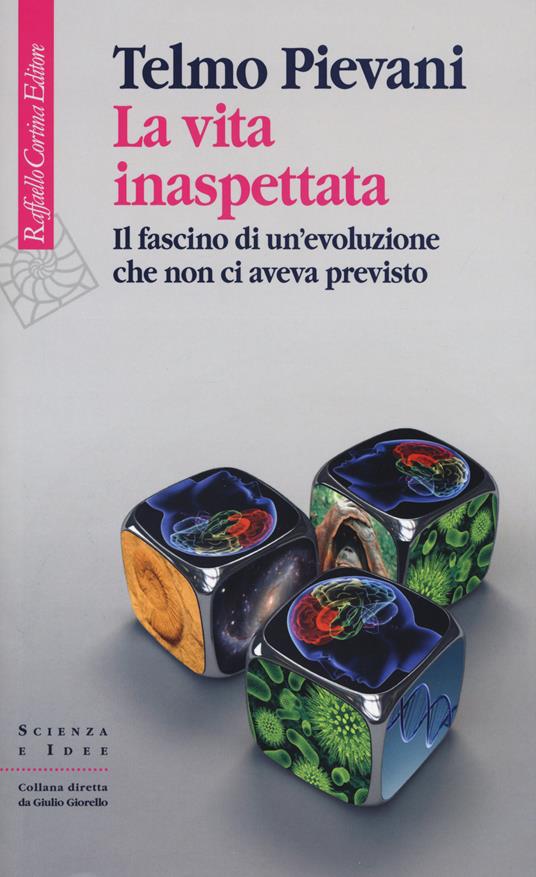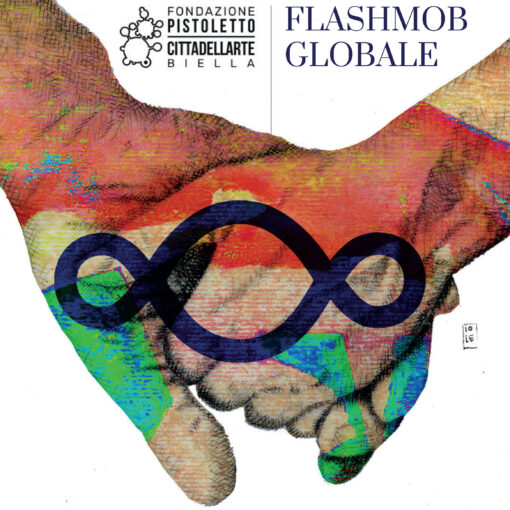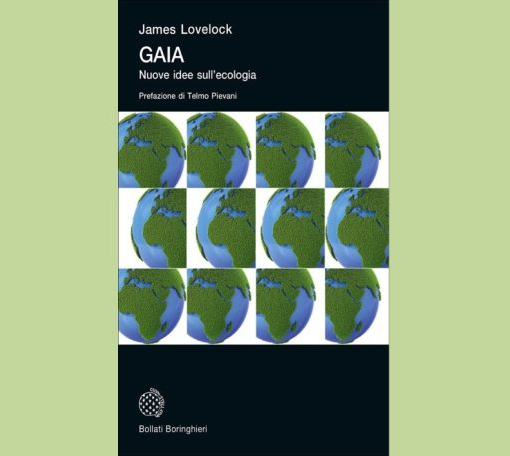
Telmo Pievani in La vita inaspettata (The unexpected life), published in 2011, starts with Darwin, who he defines as the man who was the first to have the courage to «go beyond the mark»; he starts where Gould left off in concluding La vita meravigliosa (The Wonderful Life), and finally updates, with his informal and accurate style, the state of the art of discussions on evolution.
In this book, the Author reminds us that the appearance of living organisms was an unexpected phenomenon and reconstructs their evolutionary history as a tangle of bifurcations without privileged directions so that even the human animal turns out to be anything but the exception animated by the divine spark. In this way, man gains a renewed solidarity with the entire “network of the living”, as Charles Darwin called it, without any concession to fundamentalism and superstition.
The English biologist J.B.S.Haldane, questioned by a theologian about the most notable characteristic of God the creator, replied: “An immoderate predilection for beetles”. At the time, around four hundred thousand species were considered against… just one of the genus Homo. And perhaps beetles will populate the planet when Homo sapiens is no longer even a memory. Fruit of cosmic contingency, one of the many shrubs of the “bush of life” that survived the struggle for existence, human being have made their way in a nature that never misses an opportunity to remind them of their smallness, making them experience the sense of solitude in the Universe.

Pages: 253, Paperback | EAN: 9788860304070
We could therefore not have been there, just as we could have been quite different: let’s not forget that until 13,000 years ago Homo floresiensis still lived, just over one meter tall and quite different from us. The mechanisms of evolutionary change are now known: mutation, selection, genetic drift, migration, and large-scale evolutionary patterns. There are three underlying factors: «internal constraints (structures); external selective pressures (survival function in an environment); peculiar historical events”. There is still a lot to study, but also there is relatively little to discuss. The debate continues within the scientific world and this book dedicates some attention to it. The problem is that the questioning of evolutionary theory also continues. Although supporters of intelligent design have not managed to advance their arguments much in recent years, the attention they garner in many circles is still notable.
It is no coincidence that criticisms of evolutionary theory abound on the desks of non-scientists, even if they are perhaps forced to resort to pseudo-scientific arguments to try to make reasoning that was flawed from the start plausible. We are talking of environments where they continue to babble about the impossibility of evolution “by pure chance” even if very few researchers now support such an extreme position. The author must thus reiterate, once again, that «the absence of a direction and an intrinsic necessity does not leave evolution to “blind chance” and to the cold democracy of the pure calculation of probabilities, but rather to an interrelation between random and historical, functional and structural elements, which produces multiple possible stories. Not an infinite number, just possible stories.”
They continue to question the validity of the Darwinian system even by insisting on the missing links as if nothing had changed from the 19th century to today, even though many gaps are slowly starting to be filled thanks to the continuous discovery of new fossils. According to Pievani, by insisting on the missing links, anti-evolutionists make a double mistake: they think that the question has no answer “and infer from this that it is necessary to surrender (who knows why) to the sudden interventionist miracle of an intelligent designer.” According to the author, «It is a typically human reasoning scheme which makes what appears very unlikely also seem impossible to us, and which as such must then be explained through a design, a plan, someone’s intention». When you participate in a lottery with millions of other people, you know that winning is an unlikely event, and yet, you also know that there will be a winner.
In short, «the Darwinian revolution, reread through today’s evidence, enriches, updates and fills with new meanings the great tradition of the naturalistic wisdom of Spinoza and Leopardi».
Thanks
I thank Michele Serra, the backbone of the Messaggerie Sarde bookshop, for recommending this interesting volume to us and Raffaele Carcano for unknowingly helping me with the review.
Credits
Author: Anna Lacci is a scientific popularizer and expert in environmental education and sustainability and in territory teaching. She is the author of documentaries and naturalistic books, notebooks and interdisciplinary teaching aids, and multimedia information materials.
Translation by Maria Antonietta Sessa




